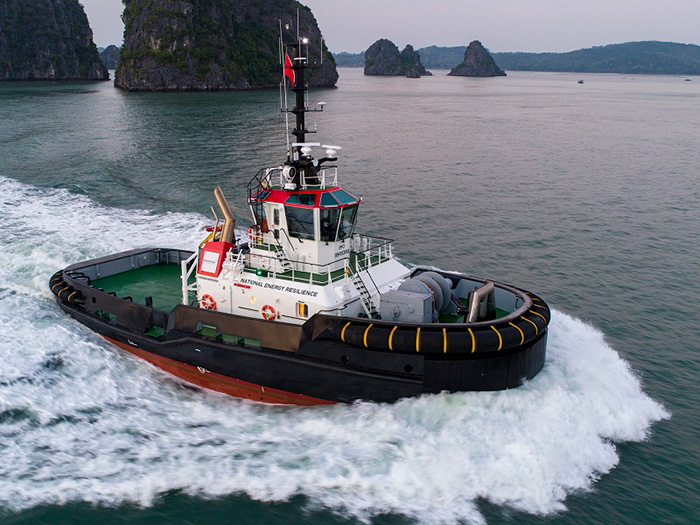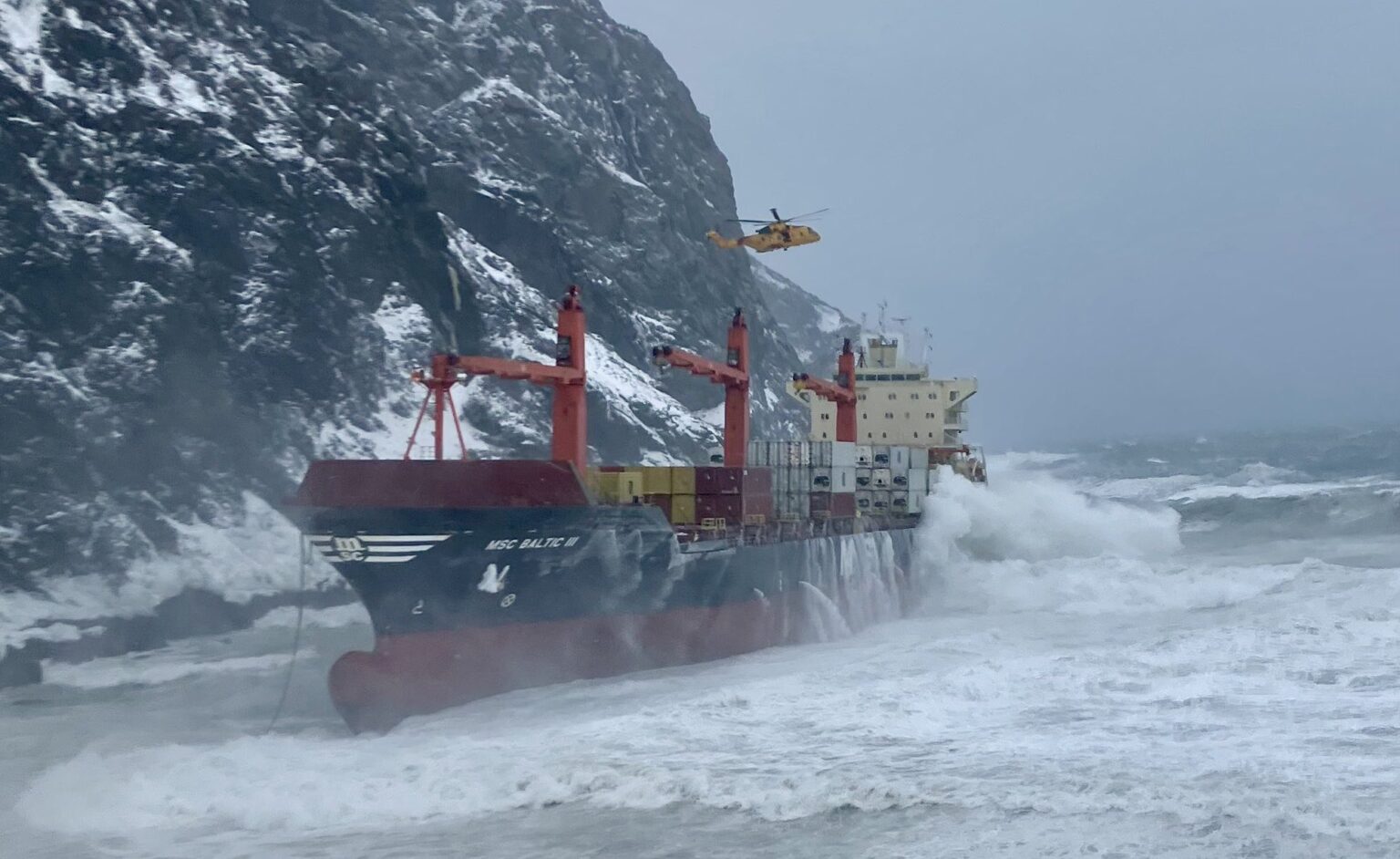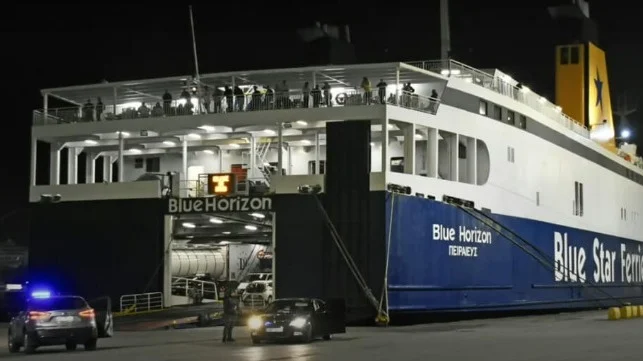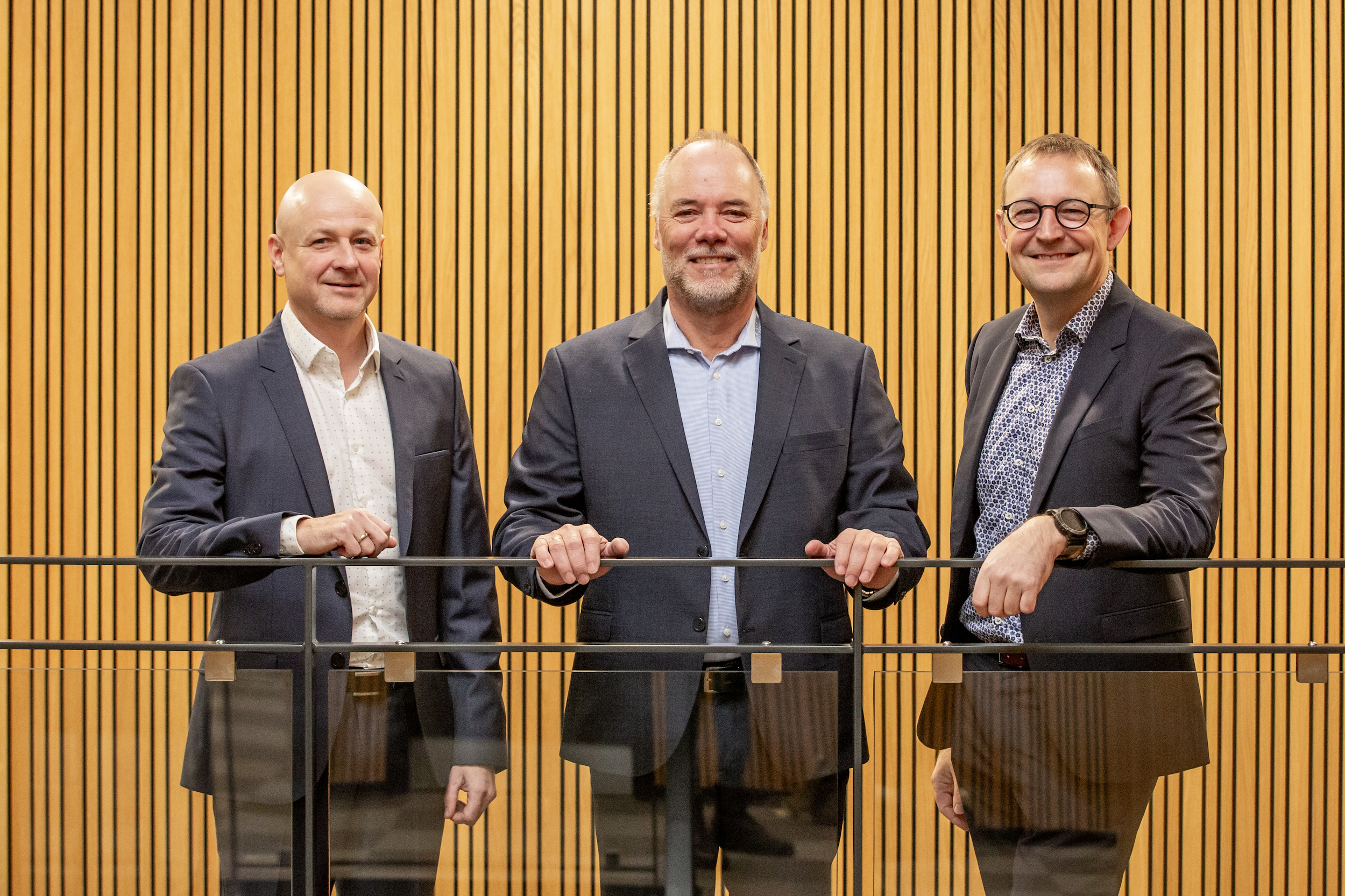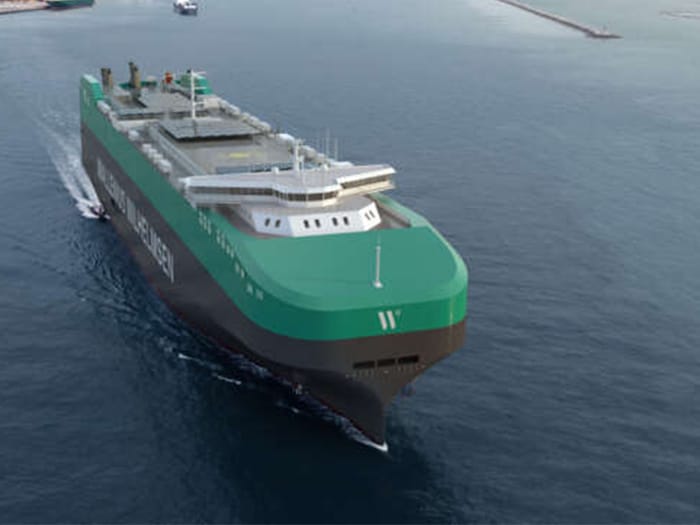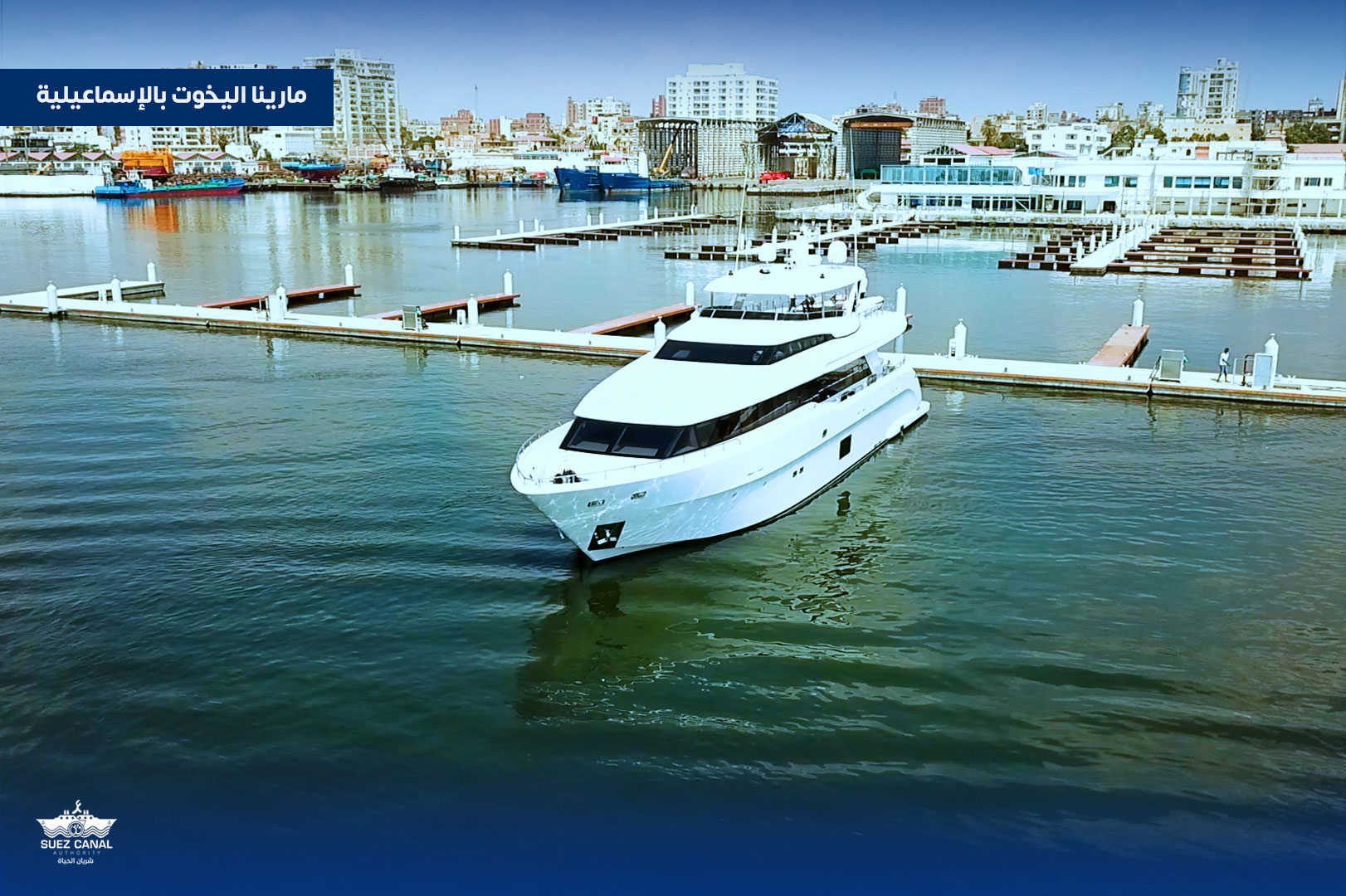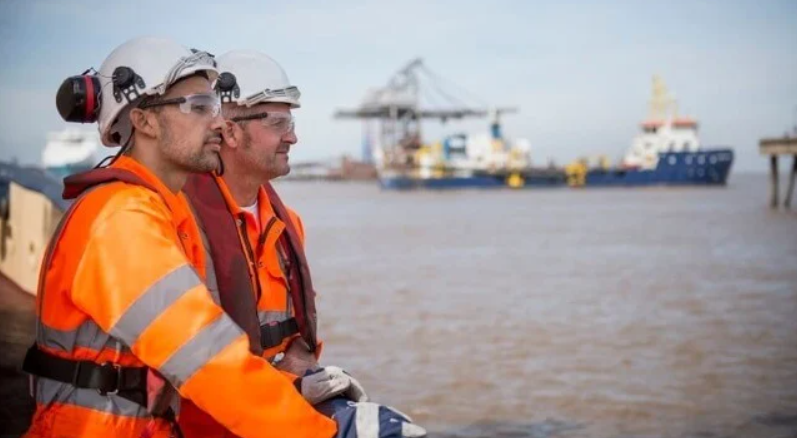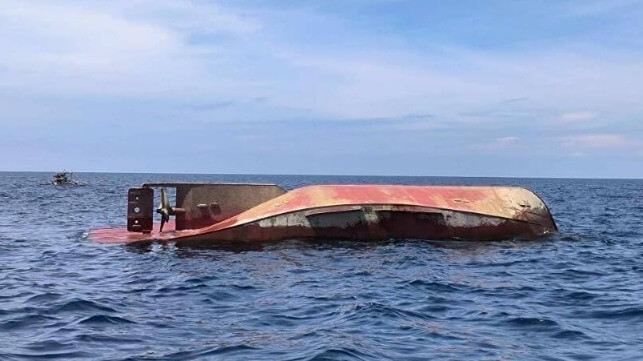Even though it is not yet a requirement in the Caribbean, Trinidad and Tobago’s National Energy Corporation (NEC) has chosen to have a class certified Damen marine NOx reduction system installed on a new low-emission tug to make it IMO Tier III compliant.
The tug, a Damen ASD Tug 2811, named National Energy Resilience in recognition of the role it will play in delivering low-emission towage, has also been fitted with Damen Triton, Damen’s in-house remote monitoring software, which has recently been granted a Bureau Veritas (BV) Type Approval Certification for cyber resilience.
Triton gathers data from across the vessel and analyzes it to deliver valuable insights into efficiency and operability to owners and operators via its web-based platform. For NEC, this will include insights into fuel consumption and CO2, NOx and CO2e emissions. Combining this data with its operational profile will allow NEC to further lower emissions by optimizing the vessel’s operating profile, potentially reducing fuel consumption by up to 15-20%.
With 60-tonnes of bollard pull, National Energy Resilience is NEC’s most powerful vessel yet.
NEC, a wholly owned subsidiary of the National Gas Company of Trinidad and Tobago Limited (NGC), has invested in the tug response to the increase in oil & gas exploration and production in the waters of the southern Caribbean, with the vessel’s duties including rig relocation and other offshore operations.
NEC says that adding an advanced, low-emission tug to the its fleet sends a clear message to its customers that it is prepared to invest in assets that contribute to a sustainable future. National Energy Resilience is also their most powerful vessel yet with 60-tonnes of bollard pull.
“We take our role as a regional leader in sustainability very seriously, and actions speak louder than words. We seek to align ourselves with suppliers who share our values and Damen has always been forward thinking and responsive to our needs and objectives,” says Michelle Scipio-Hosang, Vice President, Port and Estate Management (Ag) at NEC. “The National Energy Resilience sends a clear message to our customers that we take our leadership position seriously, and we look forward to working with Damen in the future on next-generation vessels powered by electricity and alternative fuels.”
“We are delighted that National Energy Corporation has chosen a next-generation ASD Tug 2811 complete with a Damen Marine NOx Reduction System,” said Bram van der Plas, Damen Area Manager Caribbean. “We greatly value their confidence in our vessels and the support we provide. The choice for this vessel and the message that NEC has given with this purchase will set the tone for the years to come in the region.”
Technical particulars
Make/Type: Damen ASD Tug 2811 Length overall: 28.57 meters
Beam molded: 11.43 meters
Depth molded: 4.60 meters
Draft aft: 4.65 meters
Gross tonnage: 299
Classification: Bureau Veritas, I Hull MACH Tug with AUT UMS notation (Unrestricted)
Main engines: Two Caterpillar Model 3512 C TA HD / D
Generators: Two Caterpillar Model C 4.4 TA
Propulsion unit: Aquamaster thrusters
Fuel capacity: 67.8 cubic meters
Freshwater capacity: 14.0 cubic meters
Speed: 13.0 knots
Bollard pull: 60 tonnes
Horsepower: 5,102 bhp
Accommodations: Fixed beds, 8 persons
Rescue boat: One FRC
Towing equipment:
Aft – 150 tons brake force, hydraulically driven two speed winch with spooling device and warping head, pull 40 tons at 8.1 m/min, slack rope speed up to 34 m/min.
Fwd – 150 tons brake force, hydraulically driven two speed winch with split drum and warping head, pull 31.5 tons at 9.5 m/min, slack rope speed up to 41 m/min
Firefighting:
Two main engine driven pumps 1,200 – 1,400 cu.m /hr capacity. Water/foam monitors
Foam tank capacity: 9.8 cubic meters.


